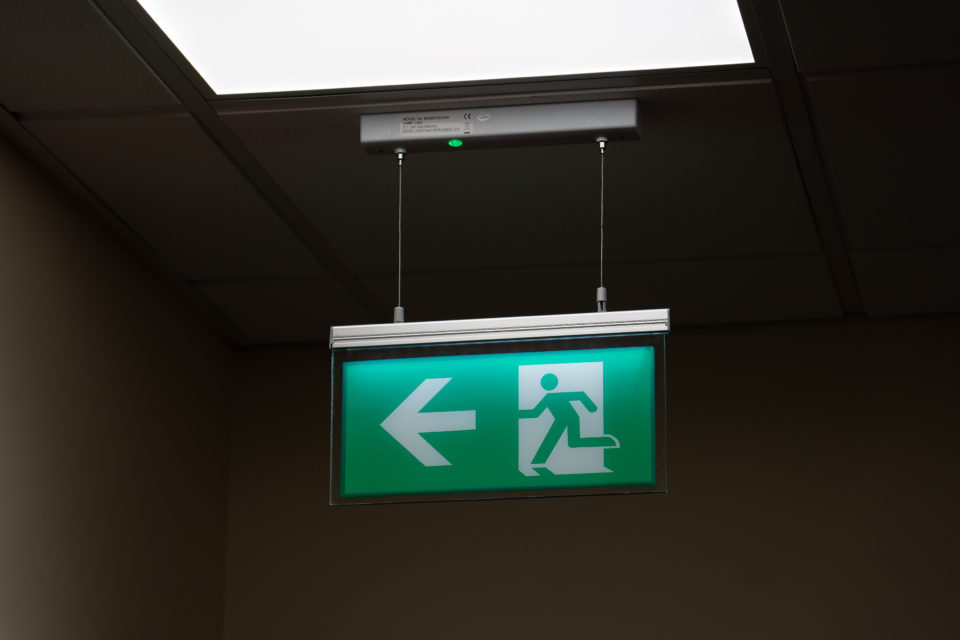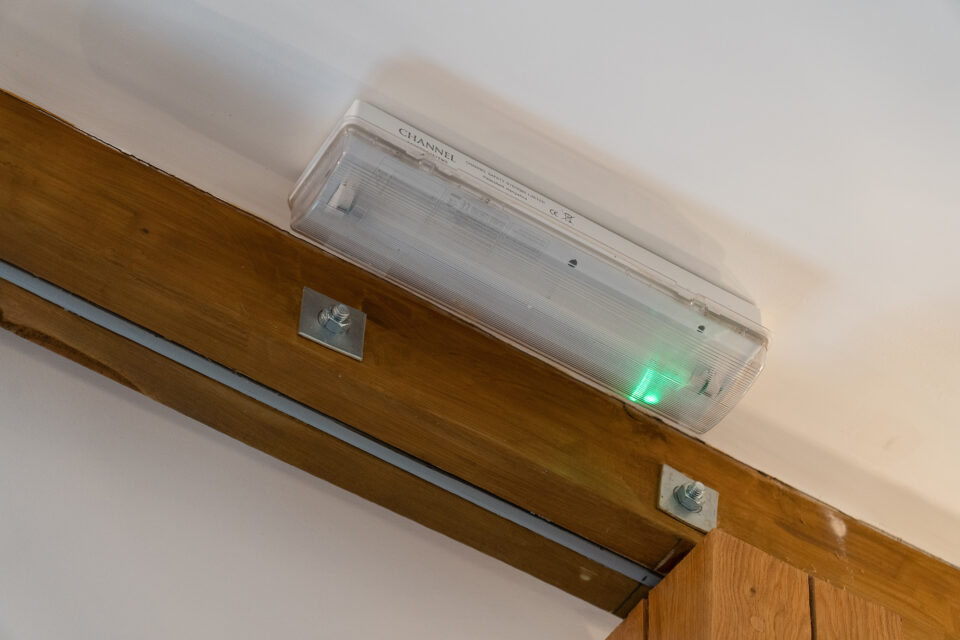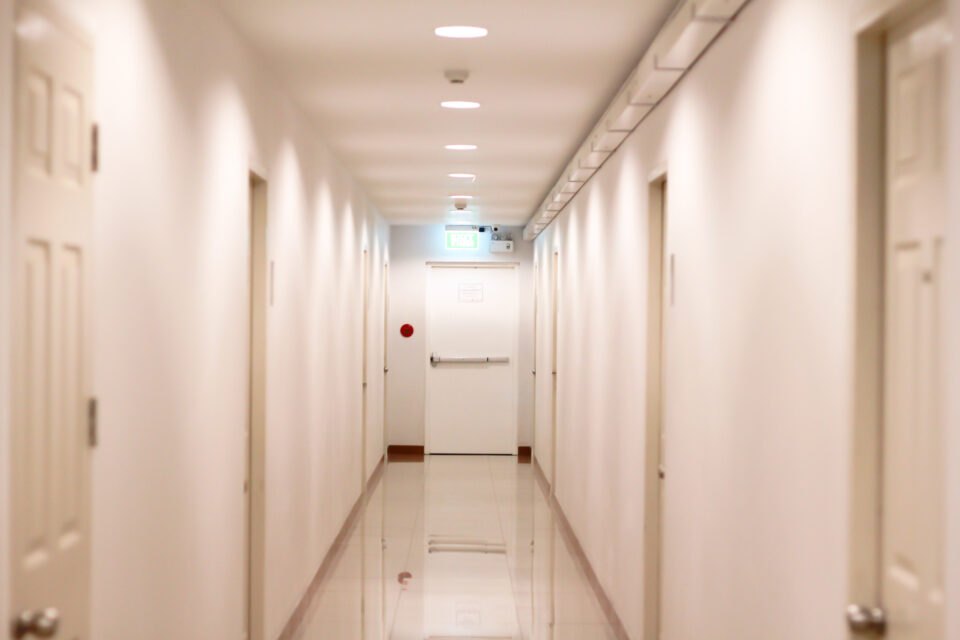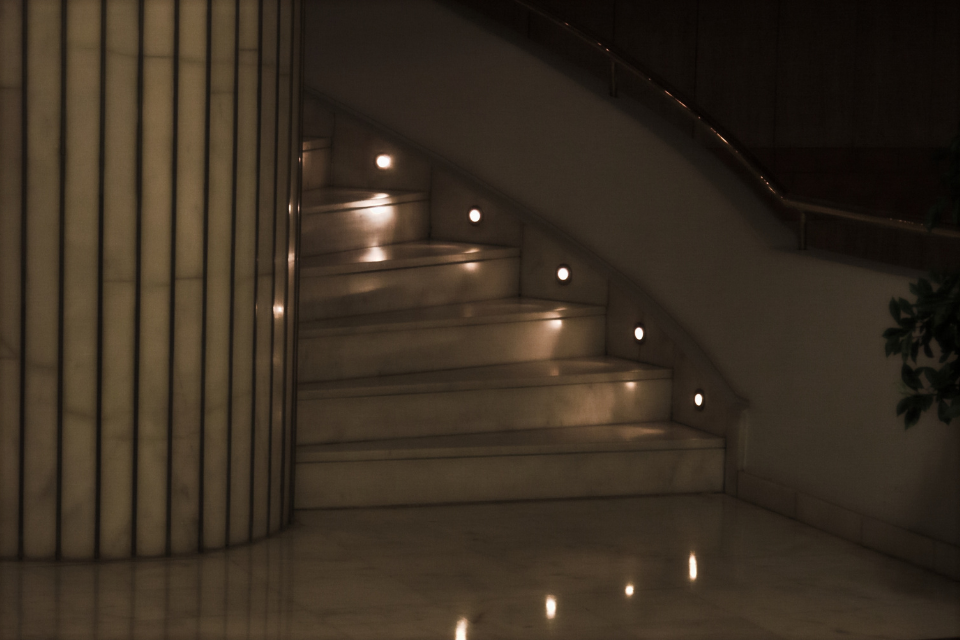Emergency Lighting
Emergency Lighting
Emergency lightening is an extremely important safety feature that in the event of a fire, staff or occupants will be entirely reliant on. It offers illuminated guidance to find and follow a safe route out of the building. If you own or are responsible for commercial premises, an office or even certain domestic properties, emergency lighting is an essential part of the building’s fire protection.
Don’t take any risks with the safety of your staff and let FSL take care of everything for you. We have a great deal of experience in installing and maintaining emergency lighting of all types, in a wide variety of premises. Following a detailed survey of your building, we will supply and install a system that works with the aesthetics and technical requirements of your premises, to achieve the best solution for your business or organisation.

How Does Emergency Lighting Work?
How Does Emergency Lighting Work?
Emergency lighting works through a battery backup power source that is continuously charged while, operating under normal conditions, on mains power. Should the power fail due to a fire or outage, these fittings will detect the loss of power and immediately switch to the backup battery. During this time, the lighting will conserve energy by reducing the output to around 10% of its usual amount.

Maintained/Non-maintained Fittings
Maintained/Non-maintained Fittings
There are various types of light fittings designed to suit individual requirements, system capabilities and building types. A maintained fitting will operate just like a normal light and will be controlled in the same way as all the other lights in the area. The main difference with this type of unit is that if there is a power failure, a maintained fitting will continue to operate at a reduced level. As such, these can be easily blended into the full lighting design and setup.
A non-maintained fitting will usually be kept switched off. During this time the batteries receive a continuous charge. In the event of a power failure, the light fixture detects the outage and switches itself on, using the pre-charged battery supply. These types of non-maintained fittings are not part of the rest of the lighting setup and fall under the category of emergency exits signs.

Do I Need Emergency Lighting?
Do I Need Emergency Lighting?
If you own or have responsibility for a building that is classified as non-domestic premises, then the answer to this is a resounding yes. Be aware that this also includes common areas of any house in multiple occupancies, or dormitories (such as hostels and university halls of residence), affecting many residential landlords. This is a legal requirement, so it is important that your system is compliant and in full working order at all times.

Emergency Lighting Styles
Emergency Lighting Styles
FSL recognise that for many commercial premises, stylish fittings are important, as is the ambience that a maintained light's style will convey. Although the primary role of emergency lighting is safety, there are plenty of options that allow for attractive and subtle effects. Recessed LEDs can be used where the environment requires an aesthetically pleasing solution, as well as downlights and luminaires designed to be easier on the eye than the more traditional strip-type office lights.

